How storms get their names
The public opted for Betty in vote on Twitter
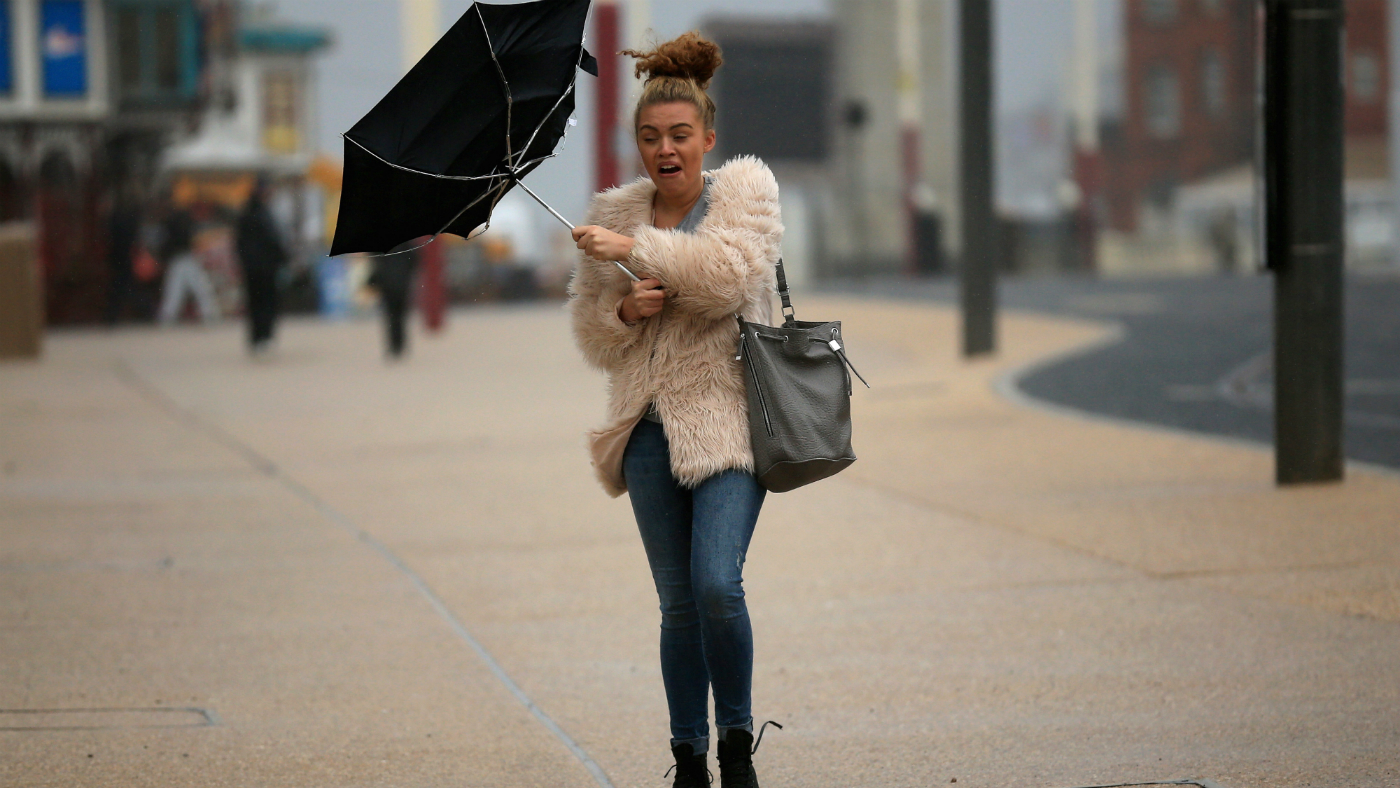
The Met Office has revealed the names to be given to UK storms this autumn and winter, including a meteorological moniker chosen by the public.
The national weather service compiles the list of names in partnership with forecasters from Ireland’s Met Éireann and the Netherlands’ KNMI. The Met Office’s chosen names for 2022-23 include Daisy, Glen, Khalid and Owain and were picked from submissions from the public.
The public also had their say in a poll on Twitter that was won by the name Betty, with more than 12,000 votes. Met Éireann’s choices include Cillian, Fleur, Íde, and Nelly, while KNMI opted for Antoni, Hendrika, Johanna and Loes, in tributes to influential Dutch scientists.
The Week
Escape your echo chamber. Get the facts behind the news, plus analysis from multiple perspectives.

Sign up for The Week's Free Newsletters
From our morning news briefing to a weekly Good News Newsletter, get the best of The Week delivered directly to your inbox.
From our morning news briefing to a weekly Good News Newsletter, get the best of The Week delivered directly to your inbox.
How are storms named?
According to the Met Office, whether a storm is named is based on the guidance of its National Severe Weather Warnings service, which assesses “a combination of both the impact the weather may have, and the likelihood of those impacts occurring.
“A storm will be named when it has the potential to cause an amber or red warning,” the weather service said. Along with the strength of the initial storm, factors including “the impacts of rain and snow” are also taken into account.
Storm names are taken from the names list in alphabetical order, but none ever start with the letters Q, U, X, Y and Z, “to ensure we are in line with the US National Hurricane Centre naming conventions ”, the Met Office added.
Members of the UK public have been invited to suggest storm names since 2015. Submissions can be made by emailing nameourstorms@metoffice.gov.uk.
A free daily email with the biggest news stories of the day – and the best features from TheWeek.com
Why are storms named?
Storms are named in order to help “raise awareness and inform the public of the risks of upcoming storms”, said the Met Office.
Research suggests that “people will be more aware and wary of a storm if it is referred to by a human name”, The Sun reported. And “this means they will be more likely to take measures to keep themselves and their property safe if they are told the storm will hit close by”.
-
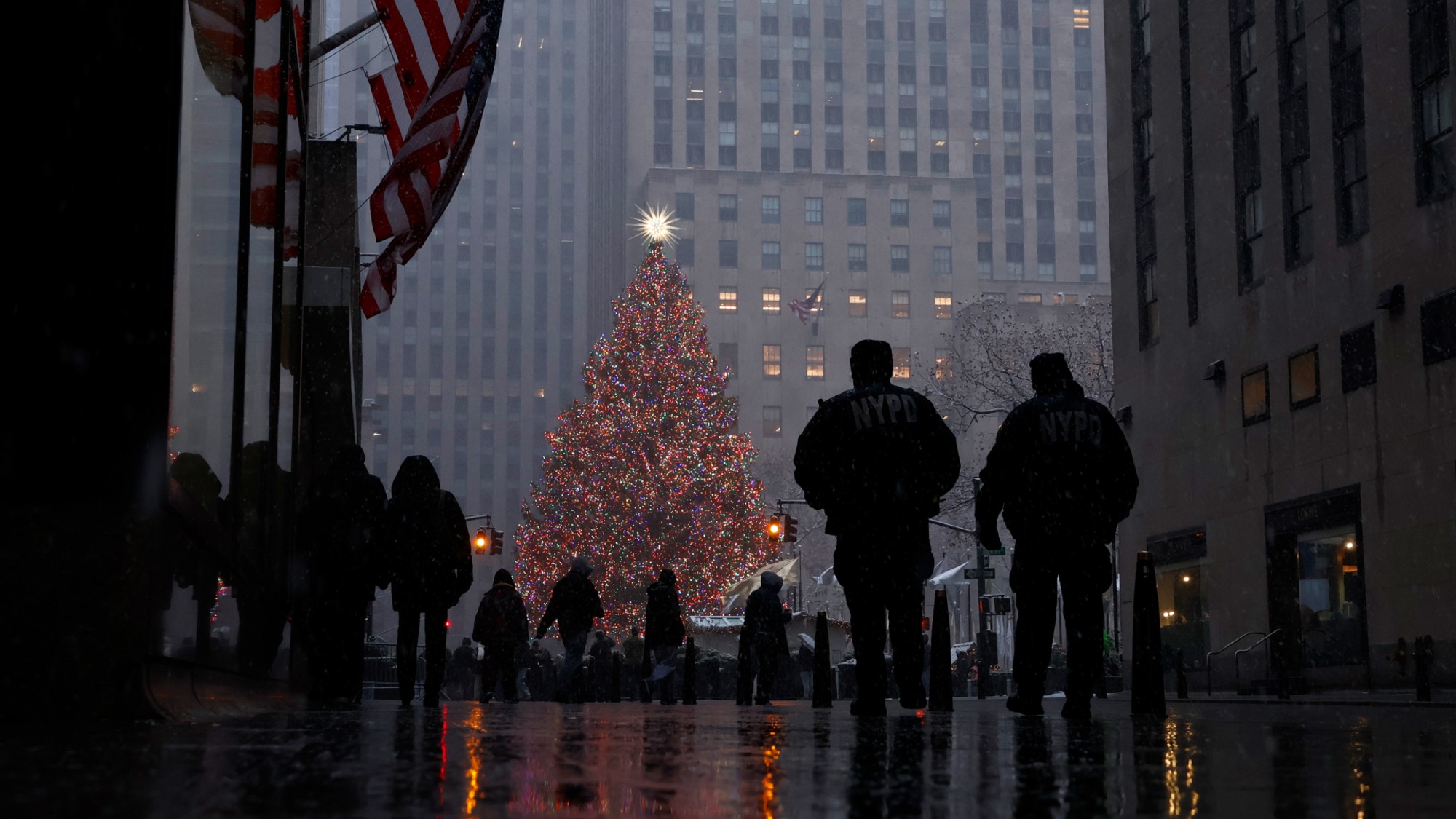 How climate change is affecting Christmas
How climate change is affecting ChristmasThe Explainer There may be a slim chance of future white Christmases
-
 The MAGA civil war takes center stage at the Turning Point USA conference
The MAGA civil war takes center stage at the Turning Point USA conferenceIN THE SPOTLIGHT ‘Americafest 2025’ was a who’s who of right-wing heavyweights eager to settle scores and lay claim to the future of MAGA
-
 The 8 best drama movies of 2025
The 8 best drama movies of 2025the week recommends Nuclear war, dictatorship and the summer of 2020 highlight the most important and memorable films of 2025
-
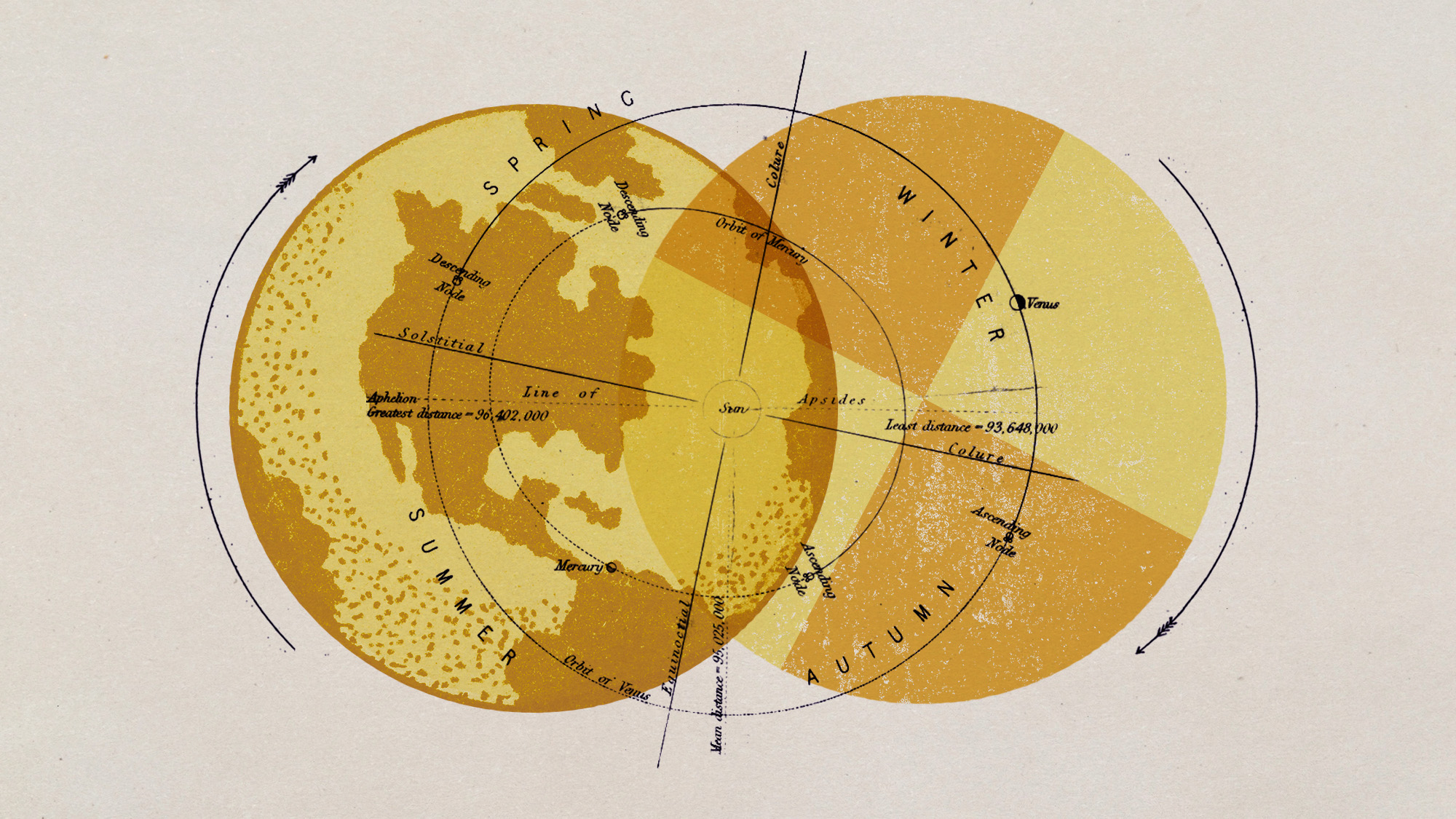 Earth's seasons are out of whack
Earth's seasons are out of whackUnder the radar The seasons' unfixed nature in different regions of the planet may have impacted biodiversity and evolution
-
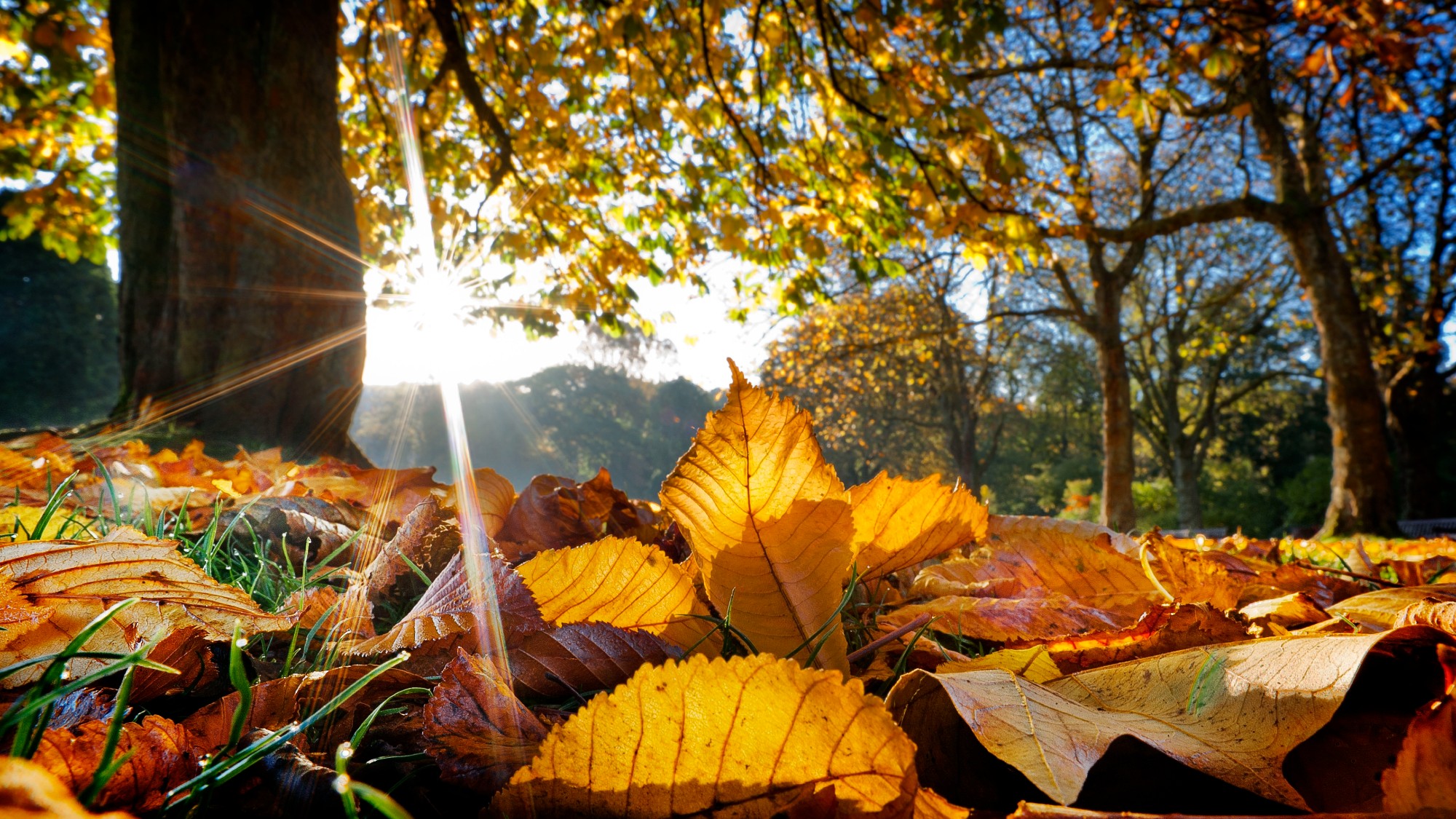 When does autumn begin?
When does autumn begin?The Explainer The UK is experiencing a 'false autumn', as climate change shifts seasonal weather patterns
-
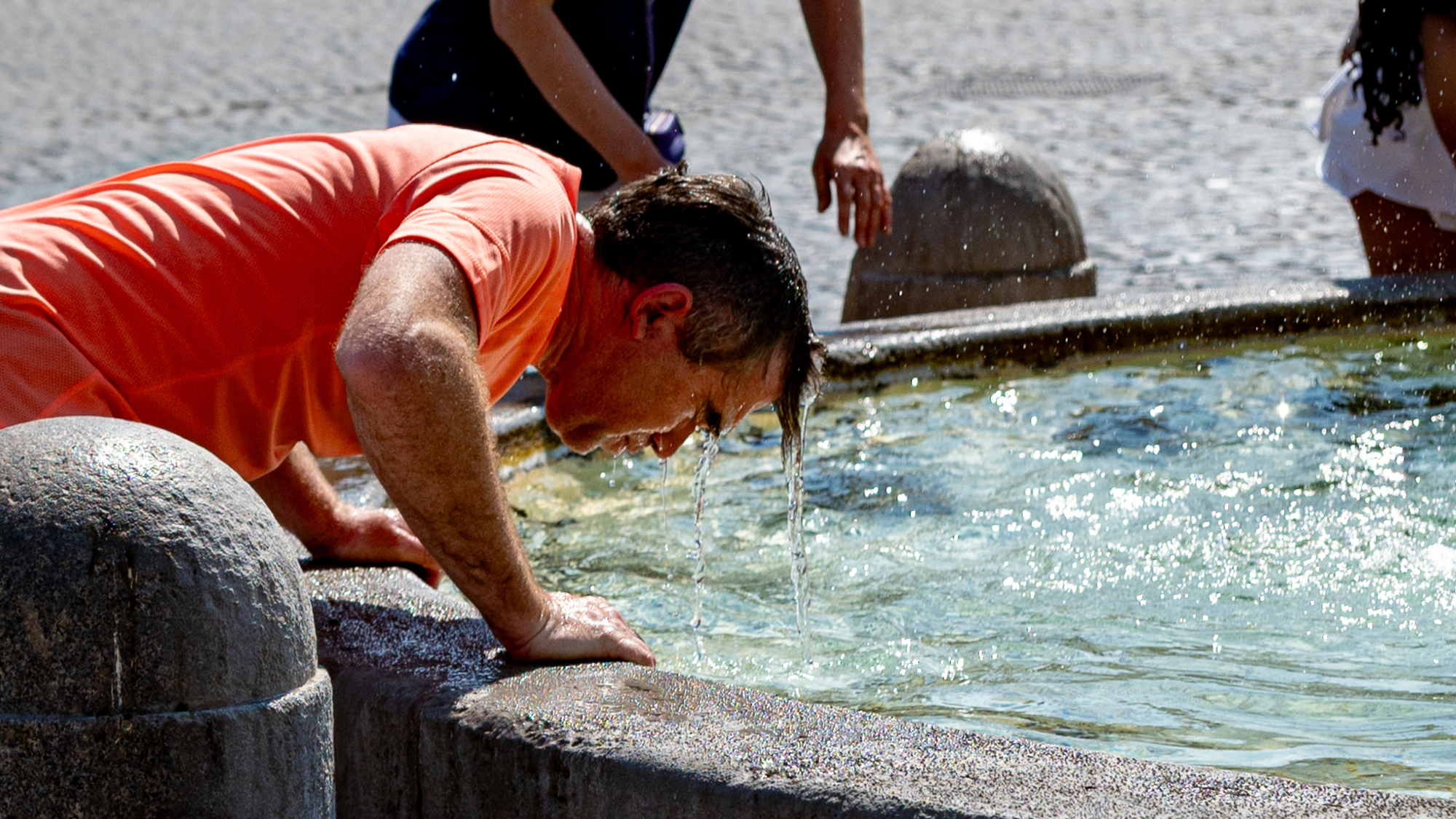 Europe's heatwave: the new front line of climate change
Europe's heatwave: the new front line of climate changeIn the Spotlight How will the continent adapt to 'bearing the brunt of climate change'?
-
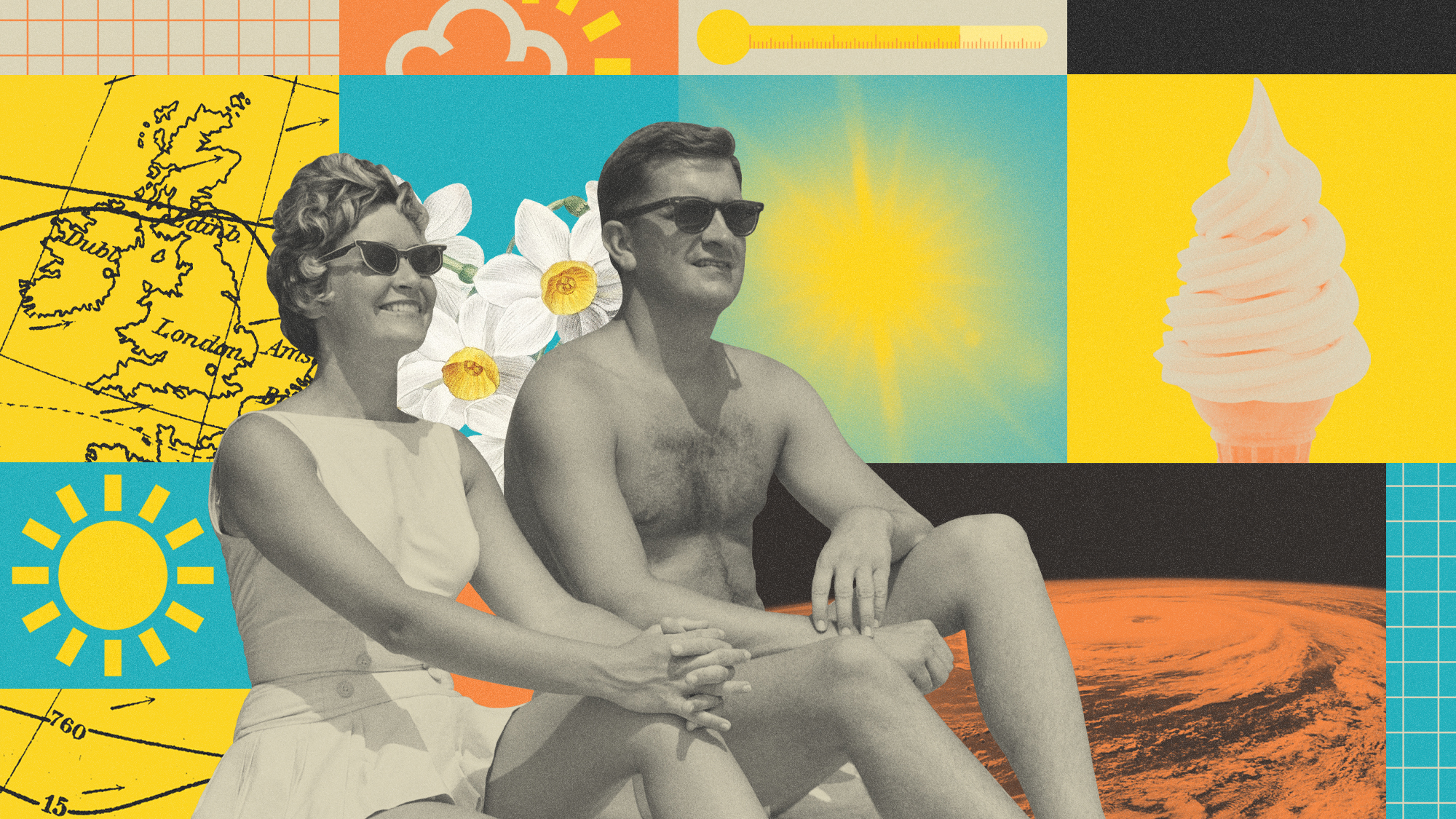 Why the weather keeps getting 'stuck'
Why the weather keeps getting 'stuck'In the Spotlight Record hot and dry spring caused by 'blocked' area of high pressure above the UK
-
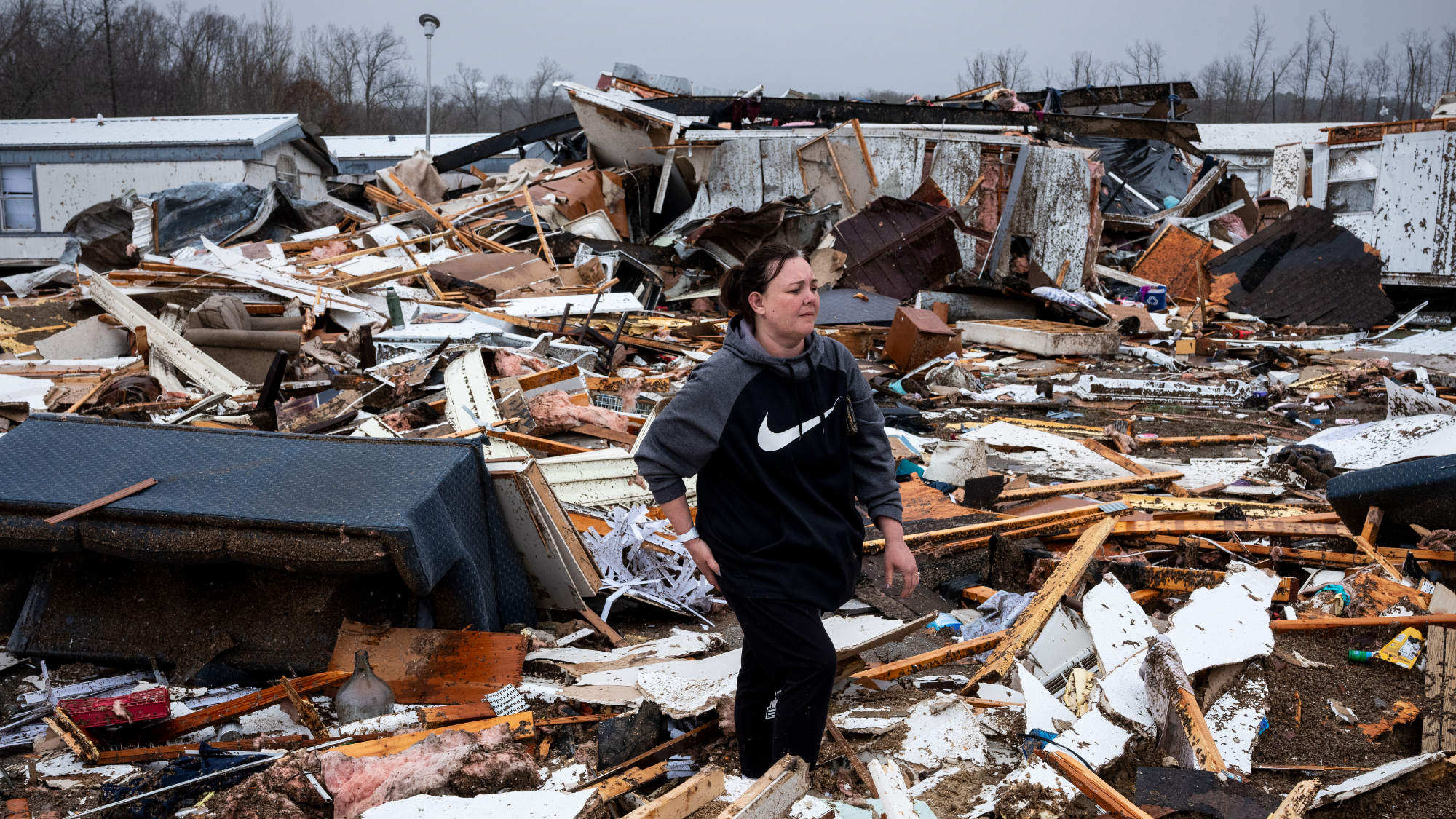 Severe storms kill dozens across central US
Severe storms kill dozens across central USSpeed Read At least 40 people were killed over the weekend by tornadoes, wildfires and dust storms
-
 Rain helps Los Angeles wildfires, risks mudslides
Rain helps Los Angeles wildfires, risks mudslidesSpeed Read The weather provided relief for crews working to contain wildfires, though rain over a burn area ups the chances of flooding and mudslides
-
 Fast-spreading Los Angeles wildfires spark panic
Fast-spreading Los Angeles wildfires spark panicSpeed Read About 30,000 people were under an evacuation order as the inferno spread
-
 Cuba roiled by island-wide blackouts, Hurricane Oscar
Cuba roiled by island-wide blackouts, Hurricane OscarSpeed Read The country's power grid collapsed for the fourth time in just two days